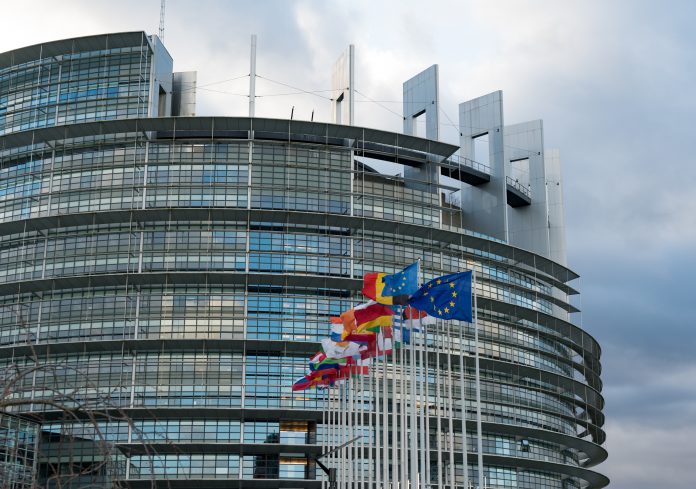Sandra Parthie, Rapporteur of the EESC opinion INT/935, argues that the EU’s industrial strategy needs a clear division of tasks & responsibilities
Obviously, this is not the first time that the EU is discussing its economic structure and is outlining an industrial strategy. This time, however, there is a difference: the focus is not on incremental improvements of the status quo, but on charting the way towards a radically different destination – sustainability and resilience.
The 2010 strategy, for example, tried to set an arbitrary and rightly criticised “industrialisation target” of 20%. Unsurprisingly, it was largely ignored. 10 years later, a new approach seemed useful, but was unfortunately finalised and published just before the COVID-19 crisis hit, turning things upside down and exposing holes in the EU’s economic fabric.
The updated industrial strategy
The 2021 update was, therefore, inevitable if the strategy were to have any meaning. It includes not only the lessons learned during the pandemic and its impact on Europe’s economy and industry. Crucially, it is also an assessment of the (mal-)functioning of the single market. When push came to shove, the EU’s economic centrepiece wobbled. Some Member States’ nationalistic reflexes were triggered, leading to temporary border closures and disruptions of supply chains. While these issues were subsequently resolved, the resilience of the single market and industrial value chains clearly needed more attention from politicians.
Here, the updated strategy and new tools add value. Establishing a better database and overview of industrial ecosystems to identify strategic (in-)dependencies, developing Key Performance Indicators (KPIs) to monitor implementation of the strategy’s goals is also very much welcomed by the EESC. Especially now, as the strategy also aims to include civil society as well as academia, for example, in the new industrial alliance structures.
The lack of coherent and recent data has been a blind spot for European decision-makers. Late information about economic shifts and knowledge gaps about resource use and material flows lead to ineffective or even bad decisions. Using EU expertise and resources to address these shortcomings and thus creating new tools and better data to inform political and economic decisions can only be welcomed.
EESC view on the updated strategy
Overall, therefore, the EESC appreciates the strategy’s update and the fact that there is broad political recognition of having and growing a strong industrial and manufacturing base in Europe. The sector is now meant to undergo not only recovery from the pandemic, but also a twin transition towards a more sustainable and digital future. It will be a very tough call for industrial actors to fulfil so many objectives at once: a sustainable and socially just transition, while maintaining or improving productivity and competitiveness.
Clearly stated and shared implementation responsibilities are needed to avoid individual actors becoming overburdened. A case in point is that of industrial standards – European companies have proven that they can be global standard-setters for many applications and technologies. While it is their responsibility to develop and use them, however, political support for promoting them on a global scale is needed.
Another example is that of providing workers with the skills necessary for the digital and sustainable industry of the future. Here, national (vocational) education and training systems are needed, with modern curricula that should be jointly developed and provided by the social partners and governments. This requires public and private investment in (education) infrastructure, as well as in other supply-side measures that help improve productivity and support innovation in Europe’s industrial sector.
Companies cannot do this on their own. They can and should be responsible for diversifying their supply and value chains and organising production and manufacturing in a resilient way. They need an enabling environment, however, at both the European and global levels.
The strategy’s second focus on identifying and tackling strategic (in-)dependencies is, therefore, a key task for the Commission and national governments. Companies, especially micro-enterprises and SMEs cannot secure access to critical resources on their own but have to be supported by government actors.
How to make the strategy successful
Thus, for the EU’s industrial strategy to be successful, a clear division of tasks and responsibilities is necessary. The Commission is best placed to add value by gathering and analysing data and information, as it does with the Single Market Instrument, and to use its global economic heft to support European companies and shield them from unfair global competition.
Member States should put their financial resources behind the IPCEIs (Important Projects of Common European Interest), industrial alliances and R&D support. Jointly with the social partners, Member States also need to ensure that the right skills for the transition to a sustainable and digital economy are set out and conveyed. Companies are the ones innovating, investing, and thus implementing change on the ground and should be given sufficient breathing space to do so.
Civil society representatives can and should support information activities for citizens on the changes needed to achieve a socially just transition.











